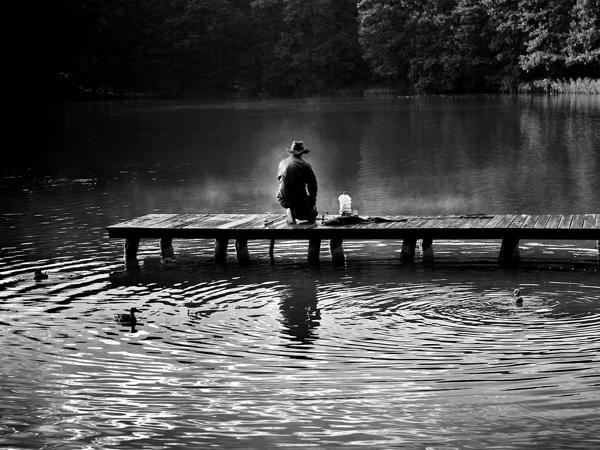A 2017 report by the U.S. Fish and Wildlife Service found that 40 percent of those 16 years old and older in the U.S. participated in some type of wildlife-related activity in 2016, such as hunting, wildlife-watching or fishing. Many Americans grew up hunting, and if you’re one of them who is tired of hunting on public land or someone else’s property, you may be searching for hunting land for sale. As it’s becoming harder to find, now is a good time to do so, but you’ll want to keep these tips in mind to avoid buying property you’ll rarely be able to take advantage of.

Image Credit: Pexels
Location, Location, Location
The location of any type of property is always one of the most important considerations. For hunting land, you don’t want it to be so far away from home that you’ll have to spend a lot of money and time just to get there, but it shouldn’t be too close to the city either. Ideally, it should be within a three-hour drive so that you can easily hunt during a day trip, especially if there isn’t a cabin or other structure for staying overnight.
Access
How is the property accessed? Ideally it should have direct access via a public road or road frontage, though buying a property accessed by easements makes it more private, preventing others from hunting on your land. If accessed by easement be sure that it’s recorded and valid not just for the current landowner but to heirs or successors of the property. You’ll also want to find out how wide it is, particularly if you plan on moving a modular or mobile home onto the property.
The Layout
Think about the traffic pattern of both animals like deer as well as humans that will use the land. If you’re thinking about putting a structure in at some point, you’ll need to be sure there is a dry, level spot on the property. Ideally, it should be closer to the road, and not in the middle of the land, unless you’re purchasing for reasons other than hunting.
Is It Deer-Friendly?
All animals need food and water throughout the year to survive. If you’re planning on deer hunting, ideally the property should contain things like brushy shrubs, low-hanging trees, leafy vines and other types of brush-style vegetation, which tends to make up the biggest percentage of a deer’s diet. Grass and grass-like plants can provide food as well. If there is a pond or another water source that’s another plus. While you can have something put in, be sure to calculate that into the overall costs. The animals also need some type of shelter, so if there isn’t much in the way of bushes, tall grass or thick swamps can serve as cover. Another option is to hinge cut small trees about four feet above ground, leaving them attached to the stump. Groups of pine trees also tend to attract deer as they can use the pine needs for bedding.




Recent Comments